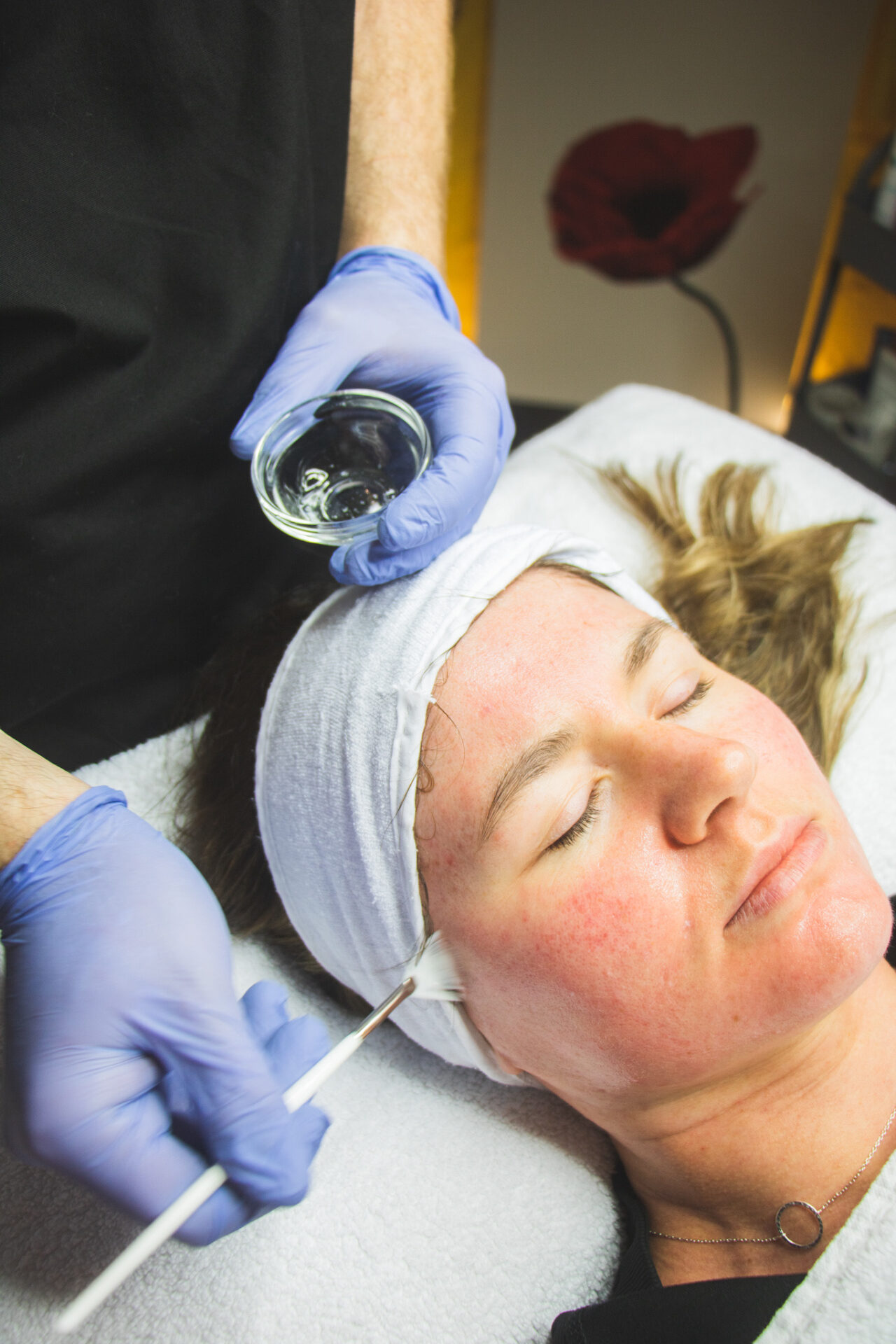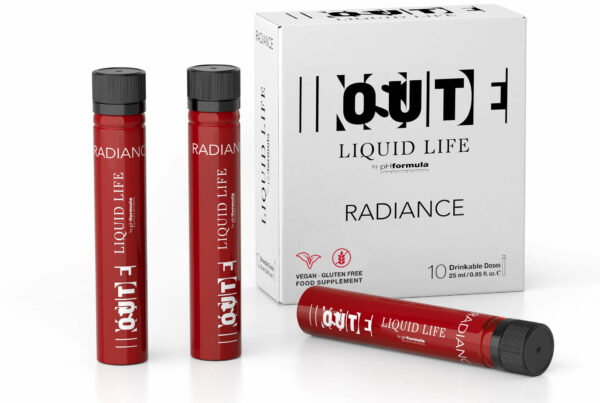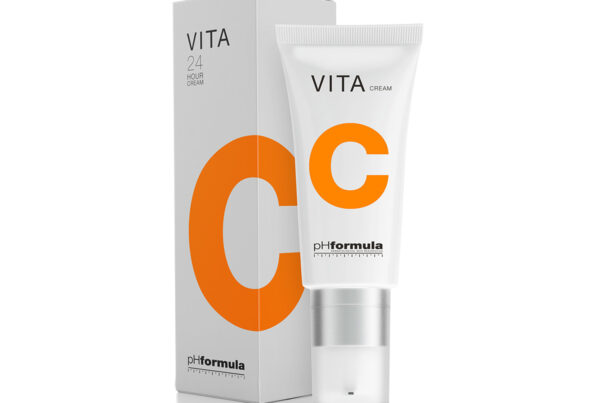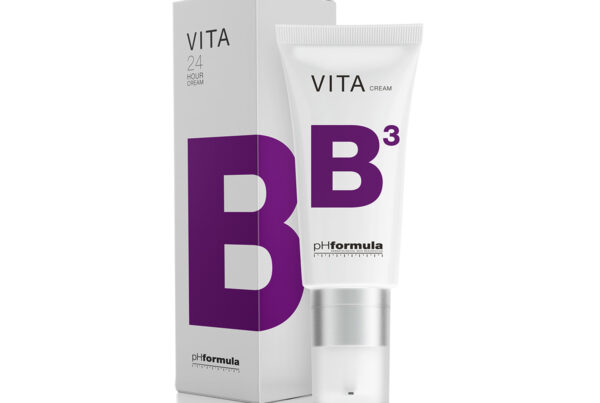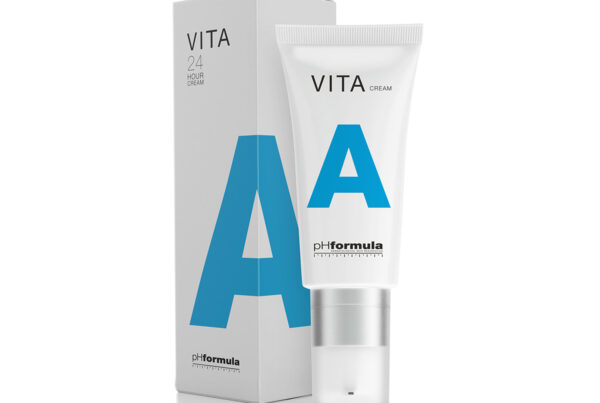The Science behind Pyruvic Acid.
Pyruvic Acid is derived from pyruvate, a molecule with 3 carbon atoms, this acid plays a crucial role in the metabolism of glucose. It has many benefits when used in skin resurfacing from sebostatic to keratolytic action and supporting collagen production, but also has remodelling properties, which make it the only acid that may be compared to trichloroacetic acid (TCA) with the advantage of very mild erythema.
Brightening and Smoothing the Skin
A chemical exfoliant that works by dissolving the desmosomal bonds between dead skin cells allowing them to slough off and reveal brighter, smoother skin. Some of the visible benefits of chemical resurfacing using pyruvic acid include unclogging pores, improving skin texture and reducing the appearance of fine lines and wrinkles. (Individuals with delicate problem areas, such as those with acne manifestations can also benefit from using this ingredient in their resurfacing treatments.)
Hyperpigmentation.
Hyperpigmentation is a common skin condition that results in the appearance of dark patches or spots on the skin. This condition can be caused by a variety of factors, including sun exposure, hormonal changes, and inflammation. It has also been found to have several mechanisms that can help reduce hyperpigmentation, including:
Inhibition of melanin production: Melanin is the pigment that gives skin it’s colour, and an overproduction of melanin can lead to hyperpigmentation. Pyruvic acid has been found to inhibit the production of melanin, which can help reduce hyperpigmentation.
Pyruvic acid has been found to have anti-inflammatory properties due to it’s ability to inhibit the activity of certain pro-inflammatory enzymes and cytokines.
It has been found that it could inhibit the activity of cyclooxygenase-2 (COX-2), an enzyme that plays a key role in the production of inflammatory mediators called prostaglandins. Additionally, pyruvic acid has been found to inhibit the production of interleukin-6 (IL-6), a pro-inflammatory cytokine that is involved in the skin’s response to injury and inflammation. By reducing IL-6 levels and inhibiting COX-2 activity, pyruvic acid may help to reduce the inflammation that contributes to hyperpigmentation making it a useful component.
Stimulating and Supporting Collagen Production
A stimulant for collagen production, which helps to keep the skin firm and elastic. Collagen production naturally declines with age, which can lead to fine lines and wrinkles. By incorporating Pyruvic Acid into treatment plans, offer the skin a number of benefits to support collagen and elastin:
Stimulation of fibroblasts: Pyruvic acid has been shown to stimulate fibroblasts, which are the cells responsible for producing collagen and elastin. Fibroblasts can become less active as we age, resulting in that natural decrease in those essential proteins needed to maintain that fullness associated with younger skin.
Increased glycosaminoglycan synthesis: Glycosaminoglycans are molecules that are found in the extracellular matrix of the skin and are involved in maintaining skin hydration and elasticity. Pyruvic acid has been shown to increase the synthesis of glycosaminoglycans, which can help to improve skin hydration and elasticity.
Activation of the TGF-β pathway: It has been shown to activate the transforming growth factor-beta (TGF-β) pathway, which is involved in the regulation of collagen synthesis. TGF-β stimulates the production of collagen and elastin by fibroblasts, leading to an increase in skin elasticity.
Antioxidant properties: Oxidative damage can lead to a breakdown of collagen and elastin, so protecting the skin from oxidative stress can help to maintain healthy levels of these essential proteins.
Antioxidant Properties
Free radicals are unstable molecules that can cause damage to cells and tissues in the body through a process called oxidative stress. This damage can contribute to the development of several health conditions, including ageing, cancer, and cardiovascular disease.
Studies have shown that this acid can act as an antioxidant by scavenging these free radicals and reducing oxidative stress in the body. It has been found that pyruvic acid could protect against oxidative stress by enhancing the activity of antioxidant enzymes like superoxide dismutase (SOD) and glutathione peroxidase (GPx).
Additionally, it has been found to increase levels of glutathione, a powerful antioxidant that plays a key role in protecting against oxidative stress. These antioxidant properties make it a useful ingredient in skin resurfacing designed to prevent or treat skin ageing, hyperpigmentation, and other manifestations of oxidative stress.
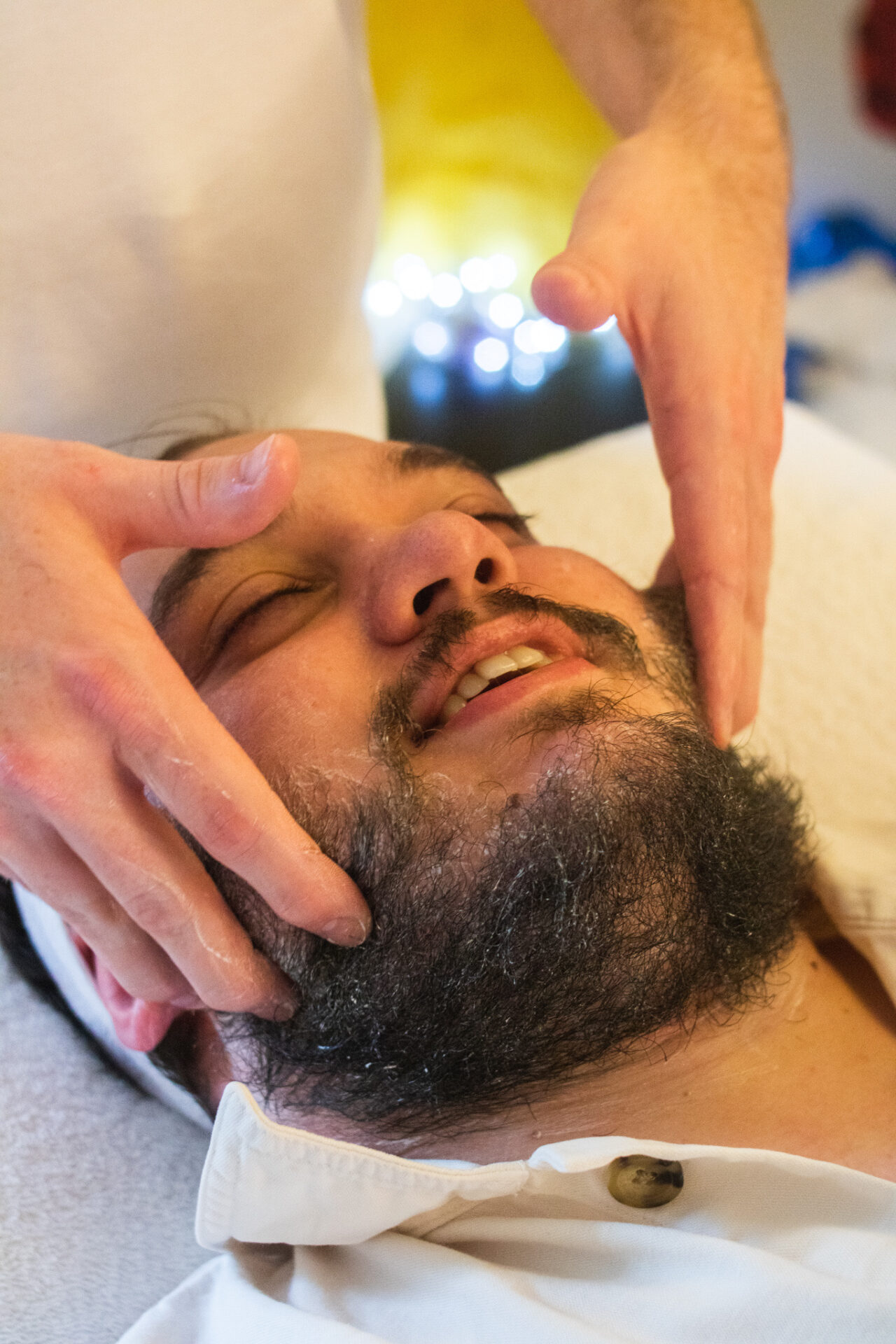

Keratolytic Properties
Keratolytics are agents that help to break down and dissolve the protein keratin, which makes up a significant portion of the Stratum Corneum (the outermost layer of the skin.)
Pyruvic acid works as a keratolytic by breaking down desmosomal bonds (the intercellular “glue” that holds together dead skin cells on the surface of the skin.) This process is called desquamation and is important for promoting skin cell turnover and exfoliation.
By promoting desquamation and exfoliation, pyruvic acid can help to remove the outer layer of dead skin cells, which can improve skin texture, reduce the appearance of fine lines and wrinkles, and promote a more even skin tone. This can also help to prevent clogged pores and the formation of acne lesions.
In addition to its keratolytic properties, pyruvic acid has also been found to have moisturising effects on the skin. Studies have shown that pyruvic acid is a humectant and can increase the water content of the skin, which can help to improve skin hydration and reduce dryness and flakiness.
Anti-Microbial Benefits
Pyruvic acid has been shown to have antimicrobial properties and is effective against a variety of microorganisms, including bacteria, fungi, and viruses.
Disruption of microbial membrane: Pyruvic acid can penetrate the cell membrane of microorganisms and disrupt it’s structure, leading to the leakage of intracellular components and eventual death of the microbe.
Inhibition of microbial enzyme activity: Pyruvic acid can inhibit the activity of microbial enzymes, such as those involved in glycolysis and the electron transport chain. This can disrupt the energy production of the microorganism, leading to it’s death.
Induction of oxidative stress: Pyruvic acid can induce oxidative stress in microorganisms, which can damage their cellular components.
Modulation of gene expression: Pyruvic acid has been shown to modulate the expression of genes involved in microbial metabolism and virulence, which can disrupt the growth and survival of the microbe.
Sebostatic Properties
Pyruvic acid has been shown to have sebostatic properties, meaning it can help regulate the production of sebum in the skin. Sebum is an oily substance produced by the sebaceous glands in the skin and is necessary for keeping the skin moisturized and protected. However, excess sebum production can lead to oily skin, clogged pores, and acne. Here are some ways in which pyruvic acid exhibits its sebostatic properties:
Inhibition of sebaceous gland activity: Pyruvic acid can inhibit the activity of sebaceous glands, leading to a reduction in sebum production.
Conclusion
Pyruvic acid is a versatile chemical compound with several benefits for the skin. It works as a chemical exfoliant by dissolving the desmosomal bonds between dead skin cells, promoting skin cell turnover and revealing brighter, smoother skin.
This acid also has anti-inflammatory and antioxidant properties, inhibiting melanin production, reducing inflammation, and scavenging free radicals to protect against oxidative stress. Pyruvic acid stimulates and supports collagen production, thereby improving skin elasticity, hydration and reducing the appearance of fine lines and wrinkles.
These properties make pyruvic acid a valuable ingredient in skin resurfacing treatments for hyperpigmentation, ageing skin, and other manifestations of oxidative stress.
Skincare Education.
Looking to start your skin resurfacing education?

